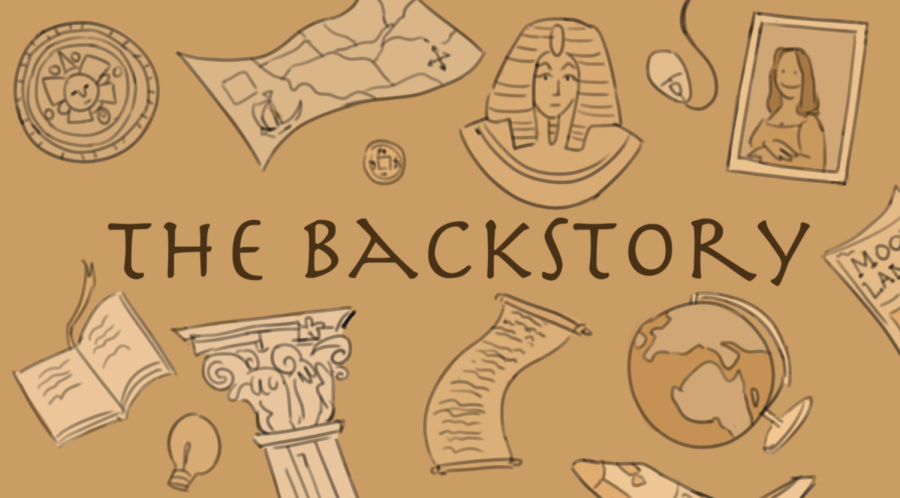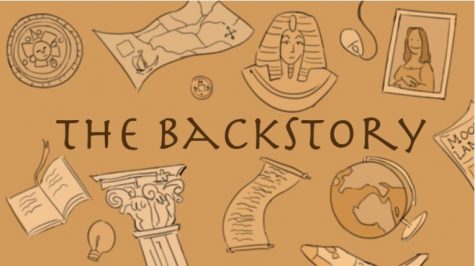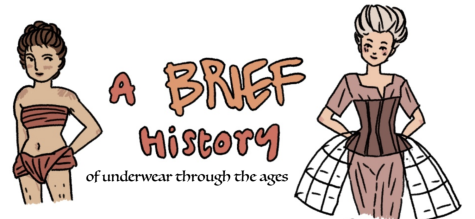The Backstory: A Moo-ving Story of Cow-lifornia
The Backstory is a column celebrating fun and forgotten history!
How often do you pass a cow on your daily commute or when you’re out for a hike near the Hollywood sign? Never? Me too!
Have you ever wondered why? Never? Me neither! That’s probably because we live in a massive city where farm animals don’t just wander the streets at will. But it wasn’t always that way. If it weren’t for a complicated history of legal battles and urbanization, you might be constantly moo-ving out of the way at cow crossing signs.
Back in the day, LA was teeming with cows. The Columbian Exchange brought cattle to California, where for centuries they were bred for their meat, dairy, hide, and tallow. For much of its history, cattle were, in fact, Southern California’s primary product and key claim to fame.
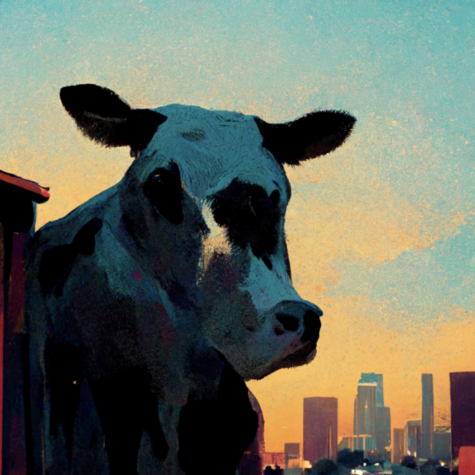
Cows eventually steered the city in a whole new direction, playing a pivotal role in the settlement and development of Los Angeles. When the California Gold Rush’s mass of miner-49s grew tired of eating stale bread and baked beans out of little tin pans, they traveled downstate for steaks. And they were totally bulled-over by the region. These miners wrote home to relatives and even published books about Southern California’s warm weather and cool cows. The nation’s robber-baron big shots caught on and constructed the Southern Pacific Railroad to connect the region with the rest of the country. These new railways encouraged masses of migrants, mainly Midwesterners, to settle the areas surrounding the small town of Pueblo de Los Angeles.
A metropolis emerged over the late-19th and early-20th centuries as more and more opportunists flocked to Los Angeles. So, if you really think about it, cows are to thank for the city as we know it! But just as LA grew, its institutional enthusiasm for cows shrunk.
The 1900 census reported a 50:1 human/cow ratio in LA. This was, census takers decided, udderly problematic. For reasons I cannot fathom, the city’s excess of cattle was seen as a cow-tastrophic impediment to urban development. Surely a city isn’t really a city until all the cows are gone, right? Something had to be done.
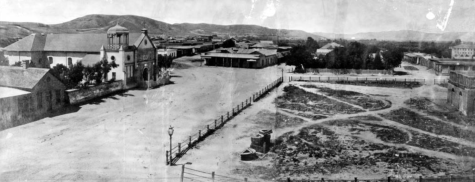
It took eight years of hard, dedicated lobbying, but in 1908, the Los Angeles City Council finally passed a decree legally limiting the number of cows allowed to reside in Los Angeles. However, a determined population saw the injustice of booting out all the cows who had basically created the city. They lobbied against the new legislation, and the law was amended—more than once!—over the next few years as legislators and citizens fought over the place of cows in the city. It was serious bovine business. Eventually, the council ruled that LA households could keep one cow per individual – so long as they resided in the oldest part of the city. Why? I have no idea! To the rest they said, “Too bad; it’s past-ure time,” and relocated the cows to dairy farms a safe distance outside city limits. By 1912, only 500 cows remained in the city—that’s 1,500 fewer cows than we started with in 1900. Holy cow!
So cows came and went to shape the LA we know today.
No wonder all the vegans moo-ved in.

Ilena is passionate about stories— especially histories— good snacks, and bad puns. She has been on Spyglass for a very long time. Ilena is a senior.

















![Dr. Zanita Kelly, Director of Lower and Middle School, pictured above, and the rest of Westridge Administration were instrumental to providing Westridge faculty and staff the support they needed after the Eaton fire. "[Teachers] are part of the community," said Dr. Kelly. "Just like our families and students."](https://westridgespyglass.org/wp-content/uploads/2025/03/dr.-kellyyy-1-e1748143600809.png)











































